[Art Excellent Class] Summer to go to an art covenant, the practice of "Cao Quanbei" of traditional monuments of the past
Author:National Public Culture Cloud Time:2022.06.26
"Cao Quanbei" of traditional monuments of the past
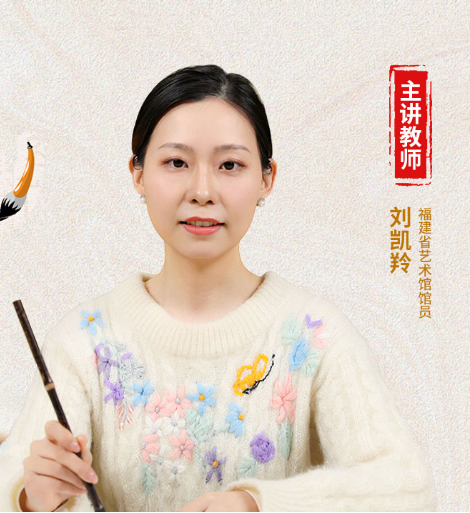
Presenter:
Liu Kailing
Fujian Provincial Museum Museum
Member of Hubei Calligraphers Association
Go to an art covenant in summer,
Come to the National Public Culture Cloud Learning Talent Column,
Learn art courses online together!
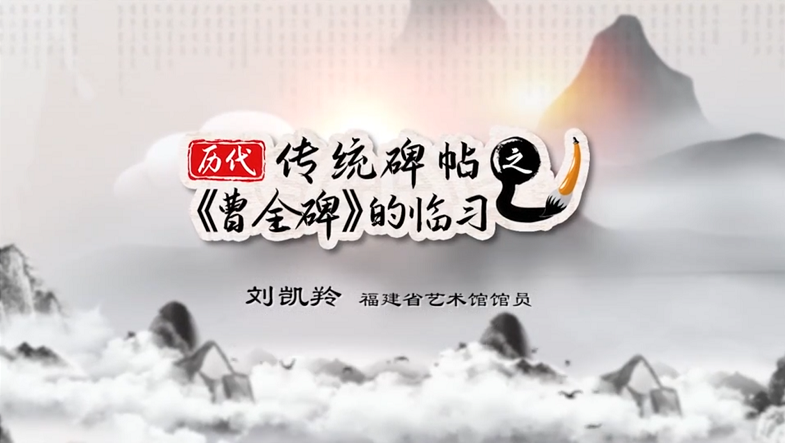
Class U in this issue is recommended by the Fujian Provincial Museum of Art. Teacher Liu Kailing will explain to us how to learn "Cao Quanbei" through pen, word, and rules, establish basic calligraphy aesthetics, understand the relevant strokes of calligraphy, and be proficient in mastering the relevant strokes of calligraphy, and be able to master the relevant strokes of calligraphy. The basic brushwork and characteristics of "Cao Quanbei" uses the book of "Cao Quanbei" to create independent calligraphy creation, and see the beauty of Lishu!
Curriculum
Write posture
Siter:
坐得端正,两肩齐平,保持平衡;头部要正,微微向前倾;胸挺直,与桌沿间隔一拳;眼与桌面保持约35 厘米距离,成45度角;右手执笔, Put your left hand and press the paper on the table to balance the right hand with your right hand.
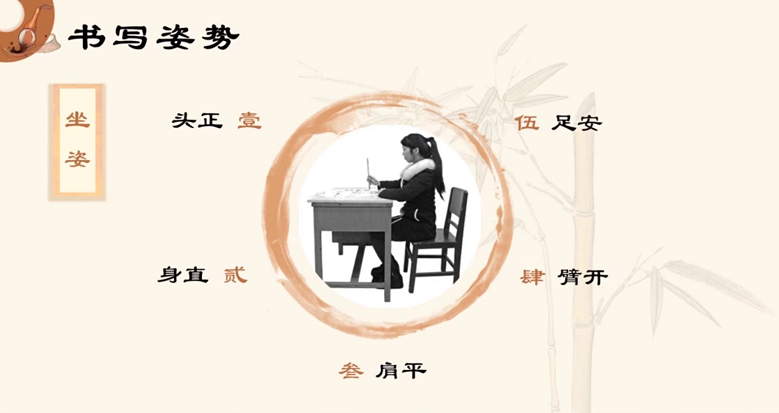
Standing position:
Both legs are parallel and two feet are separated. When writing, the body is about 20 cm along the table, leaning forward slightly; two -footed separation, and the right foot is slightly extended forward; the head is slightly low, and the two eyes are staring at the paper; Writing arm.
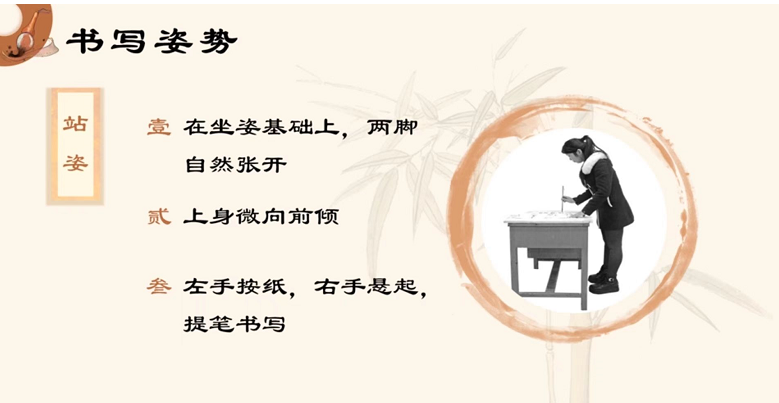
Han Dynasty Lishu and Cao Quanbei
"Cao Quanbei" is known for its stylish and well -known style, and has always been emphasized by calligraphers. It is a model for learning Lishu.
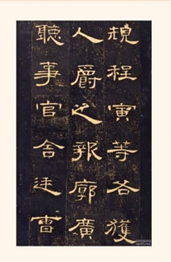
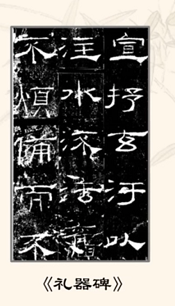
Five commonly used books
Ranshu: Including Dayan and Xiaoyan. Daya is also known as the essay, evolving from Oracle, and the shape overlaps. Xiaoyan, also known as Qin Yan, developed on the basis of the Wenwen, which is common in the Qin Dynasty, and the shape is uniform and neat.
Lishu: The evolution of the scholarship is simplified, which began in Qin and is generally used in the Han and Wei dynasties. It turns the rotating strokes of the script into square folding. In terms of structure, the image is changed into strokes.
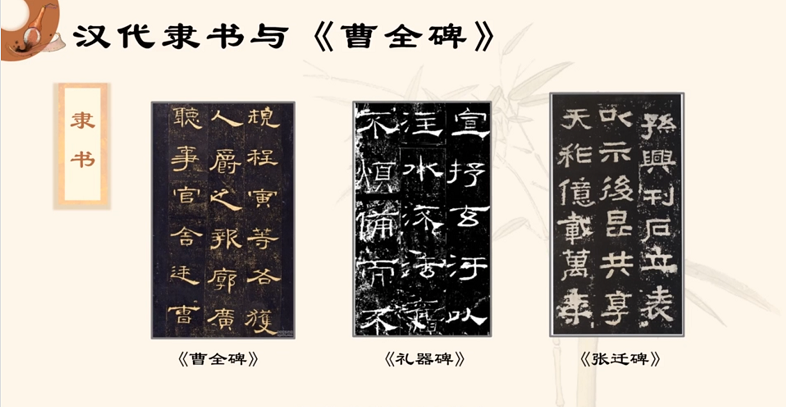
The regular script is also called Zhengshu and Zhenshu, which comes from Lishu. Beginning in the late Han Dynasty, prevailing in Wei, Jin, and Northern and Southern Dynasties, it has been passing until now. The regular script is square, the strokes are straight, and the pen is more flexible.
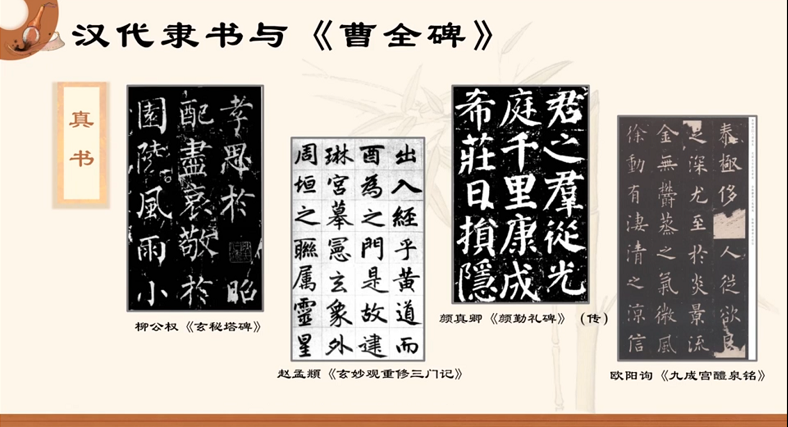
Cursive script: One font for convenience to write. Beginning in the early Han Dynasty, after the Wei, Jin, Northern and Southern Dynasties, and Sui and Tang dynasties, they developed from Zhang Cao into various cursive script. There are many cursive names, but it can be divided into Zhangcao, Jincao and Crazy Cao.
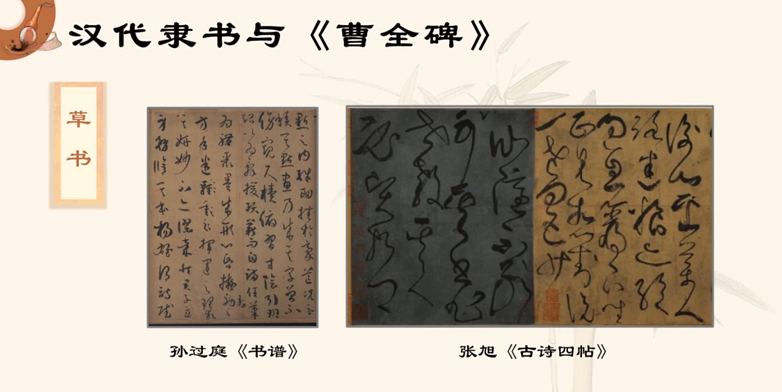
Travel script: From the regular script and cursive script, there is a lot of telescopic. There is no set of regulations. It is more free. It is neither as scribbled as cursive script, nor as correct as regular script.
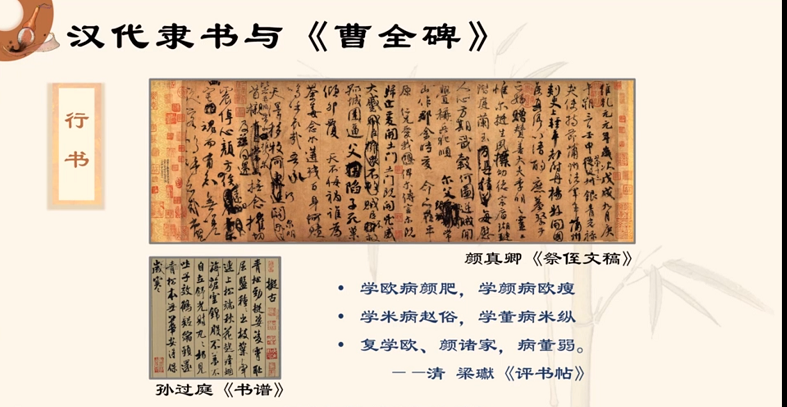
Han Dynasty Lishu
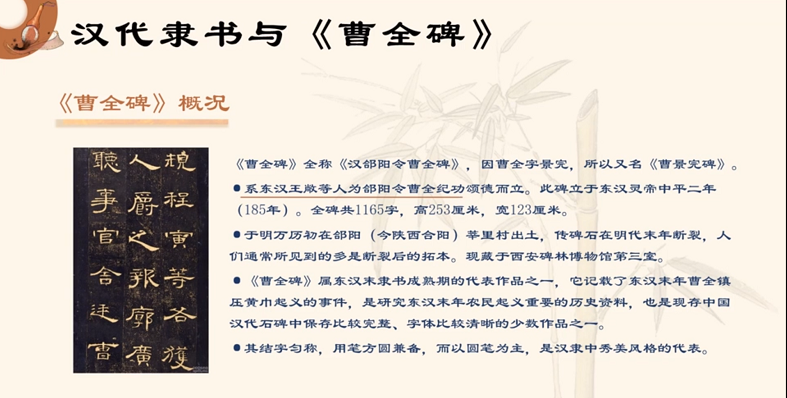
The collective name of Lishu in the Han Dynasty. Lishu engraved on the Eastern Han Dynasty, with vivid pens and diverse styles, while Tang Lishu has many rigid characters, called Tang Li. Therefore, those who learn to write Lishu attach great importance to the inscriptions of the Eastern Han Dynasty, and refer to the various styles of the various styles of this period as the Han Lishi, so that it is different from Tang Li.
The characteristics of Han Li are: take the horizontal potential, highlight the horizontal painting, and horizontal and vertical. Its structure is similar to the flat -drawn width category summarized by Mr. Sha Menghai. Give people a sense of shadow, thick and deep.
The structure of Lishu broke the writing tradition of the time, laid the foundation of regular script, and improved the efficiency of writing. Its generation marks a turning point in the history of the development of Chinese characters.
On July 24, 2021, the General Office of the Central Committee of the Communist Party of China and the General Office of the State Council issued the "Opinions on Further Reduce the burden of student homework and off -campus training during the compulsory education stage", which clearly required to effectively improve the level of school education, and continue to standardize off -campus training (including lines (including lines Effective training and offline training) effectively reduce the burden of overweight operations and off -campus training during the compulsory education stage.
On February 18, 2022, the General Office of the Ministry of Culture and Tourism, the General Office of the Ministry of Education, and the Office of the State Cultural Relics Bureau issued the "Notice on the use of cultural and tourism resources, cultural relic resources to enhance the spiritual literacy of young people", and proposed to further integrate cultural and tourism resources, Cultural relic resources, use students' after -school service hours, holidays, and winter and summer vacations, and carry out advanced socialist culture, revolutionary culture and excellent Chinese traditional cultural education for young people.
The National Public Cultural Development Center of the Ministry of Culture and Tourism actively responded to the spirit of relevant documents, unite the National Cultural Museum (station), based on the function of the popularity of the national art, and promoted the work of young people for young people. Course, covering various art categories such as music, dance, painting, calligraphy, calligraphy, drama, etc., to meet the children's personality needs, and bring children a rich and beautiful extra -curricular life.
For more good courses, in the column of "learning talents" in the national public culture cloud, you can enter the column online to learn online.
Way of viewing
官 National Public Culture Cloud Official Website
National Public Cultural Cloud Home Homepage → Choose to learn talent column
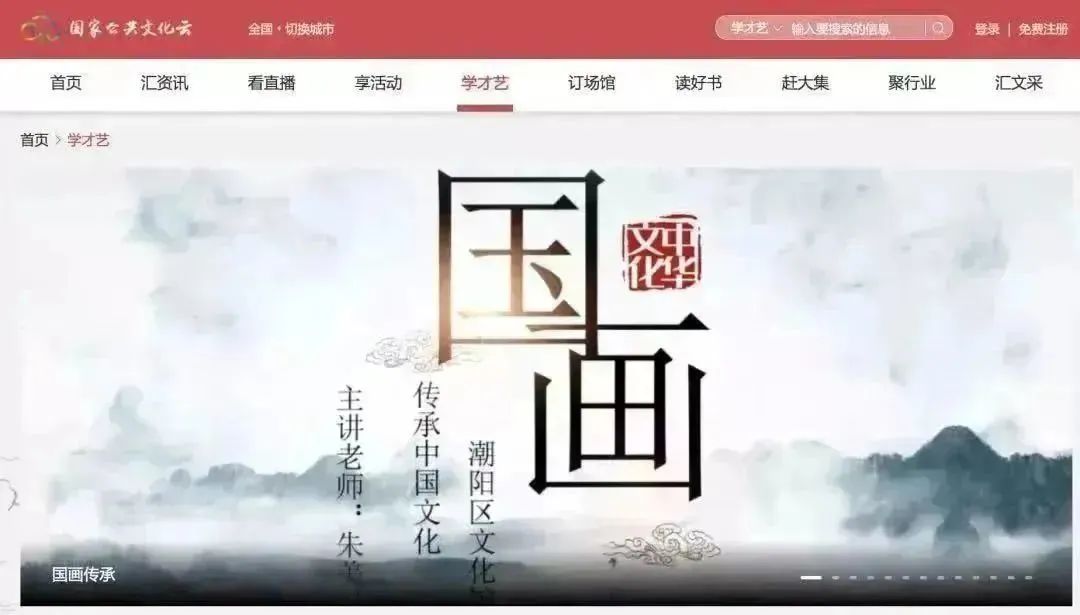
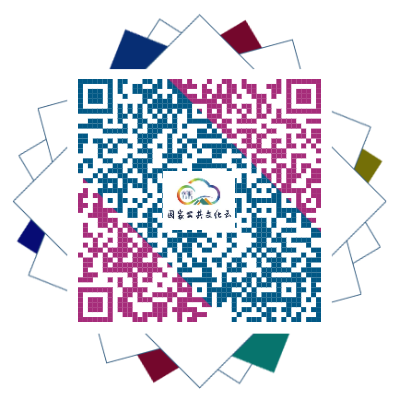
Identify the two -dimensional code to reach the column directly
- END -
[Listening to the hall] Wuhou Temple ranks first in the country in 2021

Recently The annual data of the National Museum in 2021 released by the Nati...
The humor and reality of Liu Zhenyun and Polish readers online communication literature
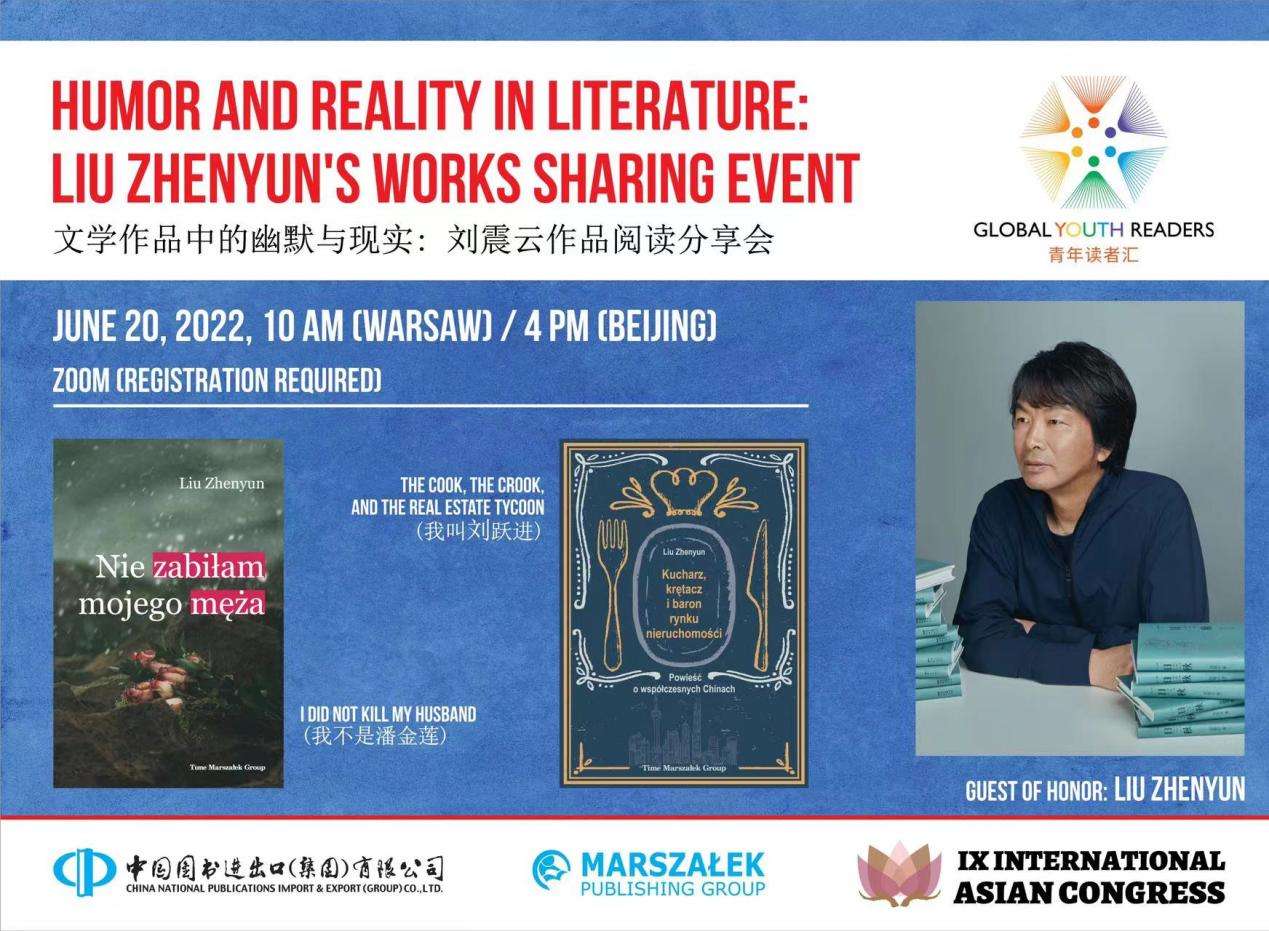
On June 20, the second event of the Young Reader Hui Poland was held in Toron, Pol...